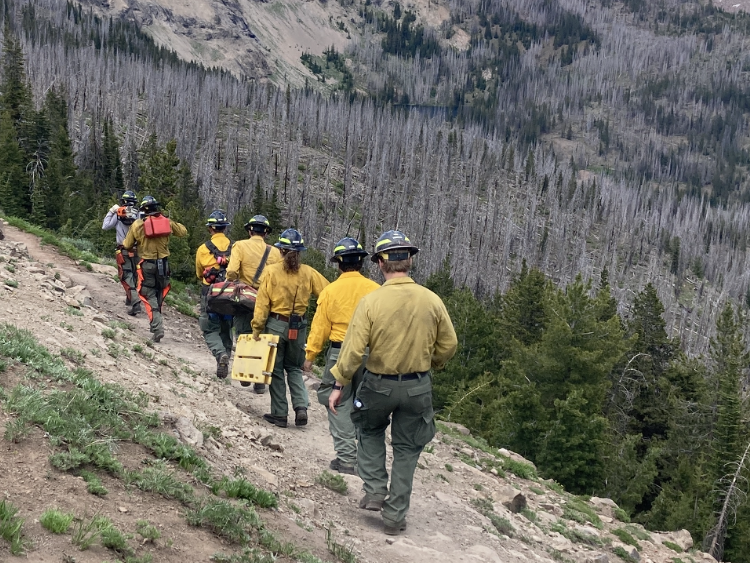Climate Change: A Glossary
Published 4:00 pm Thursday, February 19, 2009
Five years ago, few had heard of terms such as carbon offsets or carbon footprint. Today the terms are front-and-center in many people’s vocabulary.
Because of this, we put together a list, complete with an explanation, of some of the new terms introduced in recent years over climate change.
Cap and Trade: This refers to a system that allows industrial carbon emitters to pay farmers and others for using production practices that reduce carbon emissions. Presumably, companies that emit carbon levels above the cap would use the system to offset their carbon footprint.
Carbon Footprint: This is the impact a carbon emitter has on a region’s carbon load.
Carbon Load: The amount of carbon in a region’s atmosphere.
Carbon Sequestration: The ability of soil or plants to sequester or hold carbon and prevent it from entering the atmosphere.
Carbon Offsets: This refers to a carbon emitter offsetting, or negating, the negative environmental impacts of its emissions by a method such as paying a farmer or forester to sequester carbon.
Carbon Credits: This refers to credits farmers and others receive for providing carbon offsets.
Greenhouse Gas Emissions: This refers to emissions that create greenhouse gases, which are gases that contribute to global warming.
Carbon Sink: This refers to the amount of carbon sequestered by a particular plant, tree or production practice.
Clean Development Mechanisms: This is a regulated market under the Kyoto Protocol by which countries and companies can meet emissions reduction targets by buying carbon credits.









